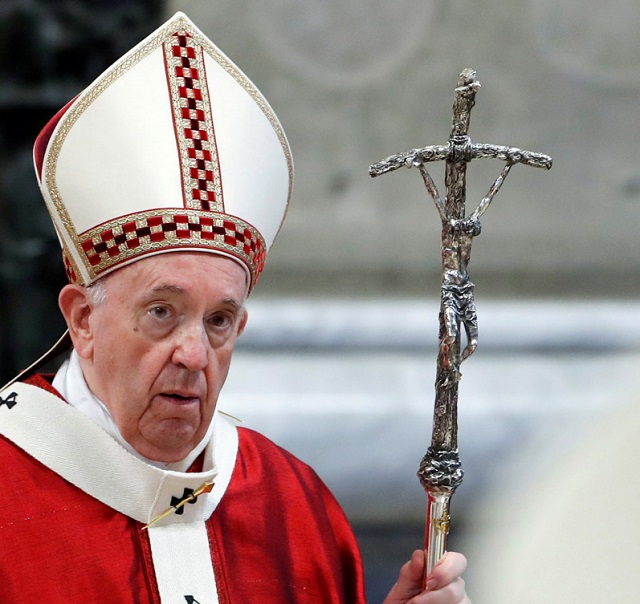
Financial scandal rocks inner circle of Pope Francis
| THE INDEPENDENT | The Vatican has set a July 27 trial date for 10 people, including a once-powerful cardinal and papal contender, on charges related to the Holy See’s 350 million-euro investment in a luxury London real estate venture. It is a complicated case.
To attempt to get a grip of it, one must first understand that the Catholic church; as the largest Christian organisation in the world, generates vast sums of money through donations. The Holy See generates the revenue from what is called Peter’s pence, an 8th-century term for donations that are received from Catholic dioceses all over the world.
The Holy See or government of the Vatican then invests most of that money in stocks, bonds, and real estate. It, therefore, owns a lot of assets including its churches, hospitals, schools, seminaries, and universities, office buildings, and more. It has its Catholic Church Development Funds, Insurance firms, and investment funds.
Some of the wealth of the Catholic Church is held in the Institute for the Works of Religion (IOR) or more popularly called the Vatican Bank. It is a private bank without shareholders but whose profits belong to the pope. In other words, the pope owns the bank with assets estimated to be about US$6 billion. The historic case being heard in the Vatican involves some of the church’s investment which has turned into a full-blown scandal.
The 487-page indictment request capped a two-year investigation that exposed how the Vatican had lost millions of euros — much of it donations from the faithful — in fees to brokers, bad investments and other questionable expenses. Beyond that, prosecutors allege a variety of charges against the defendants, including extortion, embezzlement, abuse of office and corruption.
The scandal broke in 2019 and involved an investment in a London luxury apartment development through a controversial broker, a loan from a Swiss bank account associated with money laundering, and an attempt to hide the loan from the Vatican’s books.
In a nutshell, in 2014, the Vatican Secretariat of State invested hundreds of millions of dollars – including money donated by Catholics around the world – into a luxury apartment development in London at 60 Sloane Ave.
The investment was arranged and is being managed through a complicated network of individuals and businesses linked to previous and current lawsuits and criminal investigations for fraud and money laundering.
As part of the investment, the Secretariat used money borrowed from a controversial Swiss bank known for violating safeguards against money laundering and fraud, and then attempted to disguise the loans through an accounting maneuver prohibited by Vatican financial transparency regulations.
In October 2019, Pope Francis authorised raids at the offices of the Secretary of State, as well as the Vatican’s Financial Information Authority (AIF), which monitors for suspicious financial transactions.
Five people were suspended as a result, including two Secretariat employees listed as directors of London 60 SA Ltd, the Vatican’s UK holding company now managing the building investment.
The pope later called the matter “a scandal,” while also emphasising that proof of illegal activity was “not yet clear.” The Holy See press office confirmed in early December that several investments and funds used by the Secretariat of State are currently under investigation.
Breakdown of the case
What’s the deal about?
The Vatican’s Secretariat of State in 2013 decided to invest an initial 200 million euros in a fund operated by Italian businessman Raffaele Mincione, with half the money put into the London building, half in other investments.
By 2018, Mincione’s fund, Athena Capital, had lost 18 million euros from the Vatican’s original investment, prosecutors say, prompting the Vatican to seek an exit strategy while still retaining its stake in the building in London’s swank Chelsea neighborhood.
Enter Gianluigi Torzi, another broker, who helped arrange a 40 million euro payout by the Vatican to Mincione for the shares in the building that the Holy See didn’t already have.
But prosecutors say Torzi then hoodwinked the Holy See: Rather than creating a company to manage the building that was controlled by the Vatican, Torzi inserted a clause into the contract giving him full voting rights in the deal, they allege. Prosecutors say Torzi then extorted the Vatican for 15 million euros to take control of the building.
Torzi has said the charges are a misunderstanding.
 The Independent Uganda: You get the Truth we Pay the Price
The Independent Uganda: You get the Truth we Pay the Price



